News
EPJ A Managing Editor Reviews Ulf-G. Meißner receives 2016 Lise Meitner Prize
- Details
- Published on 25 May 2016

The Nuclear Physics Division of the EPS awards the prestigious Lise Meitner Prize every alternate year to one or several individuals for outstanding work in the fields of experimental, theoretical or applied nuclear science. Professor Ulf-G.Meißner, Universität Bonn and Forschungszentrum Jülich, Germany, Managing Editor for Reviews and former Editor-in-Chief of EPJ A, receives the 2016 Lise Meitner Prize “for his developments and applications of effective field theories in hadron and nuclear physics, that allowed for systematic and precise investigations of the structure and dynamics of nucleons and nuclei based on Quantum Chromodynamics”.
EPJ E Highlight - Travelling wave drives magnetic particles
- Details
- Published on 18 May 2016
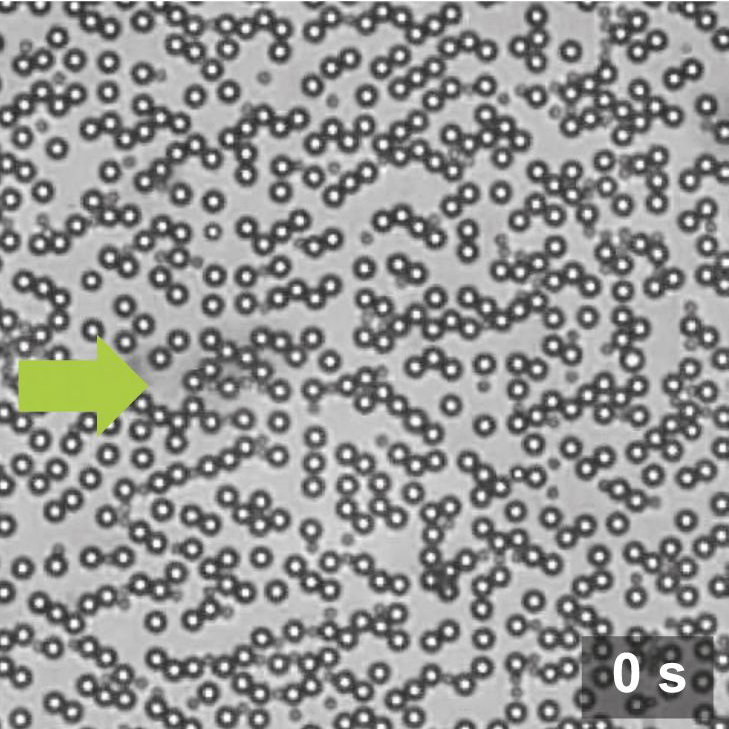
New method for selectively controlling the motion of multiple sized microspheres suspended in water
As our technology downsizes, scientists often operate in microscopic-scale jungles, where modern-day explorers develop new methods for transporting microscopic objects of different sizes across non uniform environments, without losing them. Now, Pietro Tierno and Arthur Straube from the University of Barcelona, Spain, have developed a new method for selectively controlling, via a change in magnetic field, the aggregation or disaggregation of magnetically interacting particles of two distinct sizes in suspension in a liquid. Previous studies only focused on one particle size. These results, just published in EPJ E, show that it is possible to build long chains of large particles suspended in a liquid, forming channels that drive the small particles to move along. This could be helpful, for example, when sorting magnetic beads by size, separating biological or chemical entities in lab-on-a-chip devices or transporting biological species to analyse them.
EPJ D Highlight - How repeated spot microdischarges damage microdevices
- Details
- Published on 18 May 2016

New study blames temperature increase on locally reoccurring discharges in microelectronic devices
In microelectronics, devices made up of two electrodes separated by an insulating barrier are subject to multiple of microdischarges—referred to as microfilaments—at the same spot. These stem from residual excited atoms and ions from within the material, the surface charge deposited on the insulating part of the device, and local temperature build-up. These reoccurences can lead to the creation of pin-holes in the material of the microelectronic devices where they occur, and are due to local reductions in the electric field. Now, Jozef Ráhel and colleagues from Masaryk University in the Czech Republic have elucidated the mechanism of microdischarge reoccurrence, by attributing it to the temperature increase in a single microdischarge. These results were recently published in EPJ D.
EPJ D Highlight - Bending hot molecules
- Details
- Published on 17 May 2016

New model for controlling hot molecules reactions, which are relevant to fusion, space exploration and planetary science
Hot molecules, which are found in extreme environments such as the edges of fusion reactors, are much more reactive than those used to understand reaction studies at ambient temperature. Detailed knowledge of their reactions is not only relevant to modelling nuclear fusion devices; it is also crucial in simulating the reaction that takes place on a spacecraft’s heat shield at the moment when it re-enters Earth’s atmosphere. Further, it can help us understand the physics and chemistry of planetary atmospheres. In a novel and comprehensive study just published in EPJ D, Masamitsu Hoshino from Sophia University, Tokyo, Japan, and colleagues reveal a method for controlling the likelihood that these reactions between electrons and hot molecules occur, by altering the degree of bending the linear molecules, modulated by reaching precisely defined temperatures.
EPJ Plus Highlight - You were right: rotational motion is relative, too, Mr Einstein!
- Details
- Published on 11 May 2016
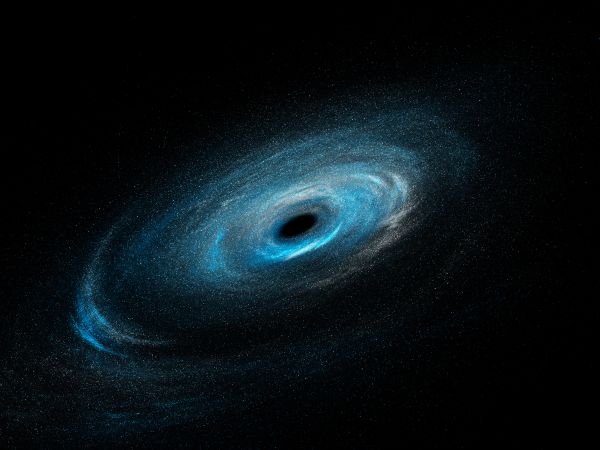
Extension of the relativity theory to rotational motion, one hundred years after Einstein first published the general theory of relativity
It has been one hundred years since the publication of Einstein’s general theory of relativity in May 1916. In a paper recently published in EPJ Plus, Norwegian physicist Øyvind Grøn from the Oslo and Akershus University College of Applied Sciences and his co-author Torkild Jemterud demonstrate that the rotational motion in the universe is also subject to the theory of relativity.
EPJ A Highlight - Nuclear physics’ interdisciplinary progress
- Details
- Published on 10 May 2016
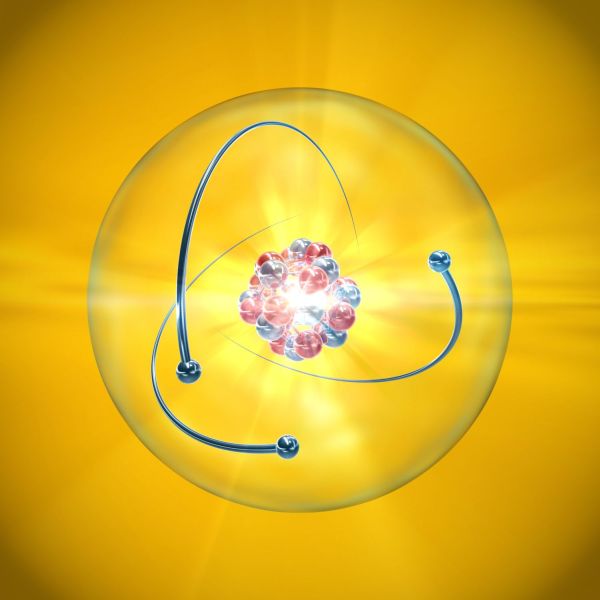
Theoretical nuclear physics could yield unique insights by extending methods and observations from other research fields
The theoretical view of the structure of the atom nucleus is not carved in stone. Particularly, nuclear physics research could benefit from approaches found in other fields of physics. Reflections on these aspects were just released in a new type of rapid publications in the new Letters section of EPJ A, which provides a forum for the concise expression of more personal opinions on important scientific matters in the field. In a Letter to the EPJ A Editor, Pier Francesco Bortignon and Ricardo A. Broglia from the University of Milan, Italy, use, among others, the example of superconductivity to explain how nuclear physics can extend physical concepts originally developed in solid state physics.
EPJ A Highlight - Analysing Coulomb-excitation experiments with exotic beams
- Details
- Published on 25 April 2016
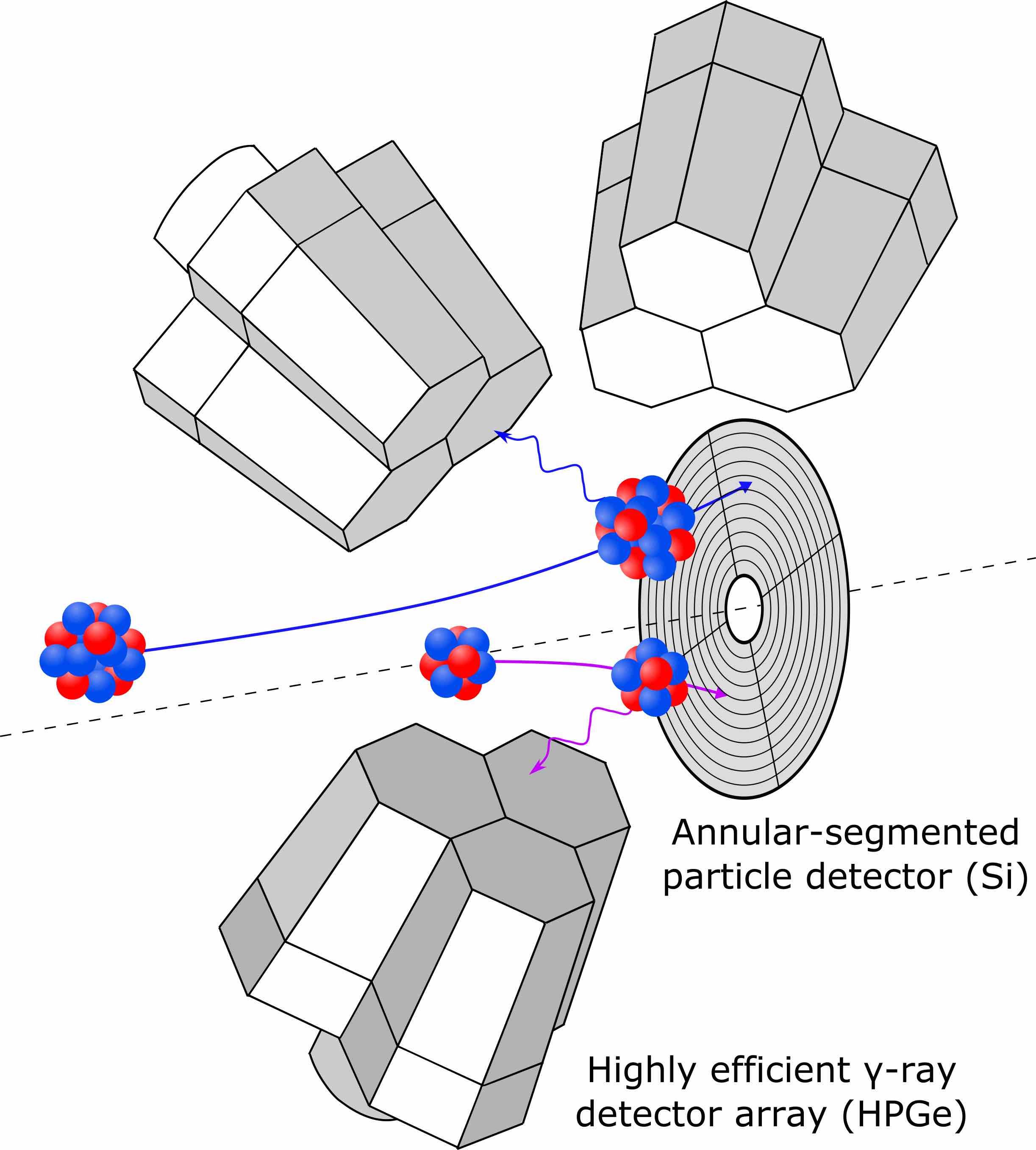
This paper presents a number of novel and alternative analysis techniques to extract transition strengths and quadrupole moments from Coulomb excitation data with Radioactive Ion Beams (RIBs) using the GOSIA code. It is anticipated that related approaches and techniques will gain an even greater importance as a wider range of post-accelerated RIBs becomes available at the next generation of ISOL facilities.
EPJ A Highlight - First measurement of 60Ge β-decay
- Details
- Published on 22 April 2016

60Ge, with its 28 neutrons and 32 protons, is an extremely exotic nucleus, discovered about 10 years ago when only three ions were produced. Its decay properties were measured for the first time in this work. In this experiment, performed at the National Superconducting Cyclotron Laboratory (MSU, USA), the
60Ge ions were produced in 78Kr beam fragmentation reactions and separated from the other reaction products in the A1900 separator. The ions were detected in the active volume of the gaseous time-projection chamber with optical readout (OTPC), where they later decayed. This detector allows exotic decay modes to be identified, even with very small statistics present. The decay of about 20
60Ge ions was observed by β-delayed proton emission yielding a branching ratio of ~100% and a half-life of 20+7-5 ms. This value agrees well with theoretical predictions.
EPJ E Highlight - Tumble-proof cargo transporter in biological cells
- Details
- Published on 11 April 2016
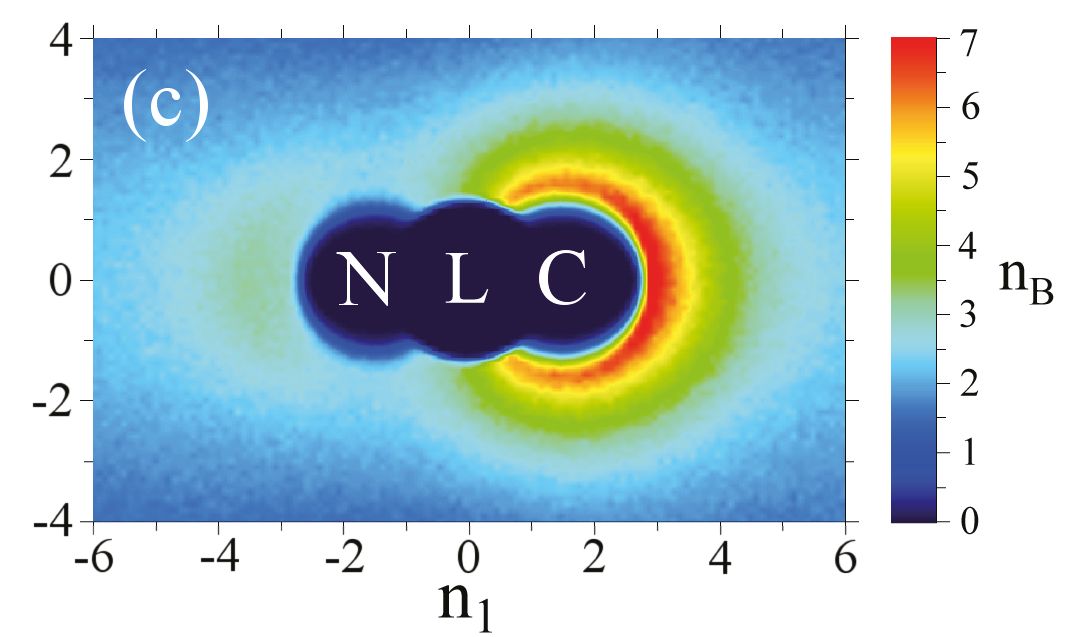
New model shows how collective transport by synthetic nanomotors along biopolymer filaments can be effectively directed
Ever wondered how a molecular nanomotor works when repairing DNA or transporting material such as organelles in the cell? Typically, nanomotors move along biopolymer filaments to go about their duties in the cell. To do so, they use the energy of chemical reactions derived from their surroundings to propel themselves. In a new study published in EPJ E, Mu-Jie Huang and Raymond Kapral from the University of Toronto in Ontario, Canada show that small synthetic motors can attach to polymeric filaments and - unlike what previous studies showed - move along without changing either their shape or the direction in which they set out to move. This makes it possible to effectively deliver the substances they transport, such as anti-cancer drugs or anti-pollutants.
EPJ Plus Highlight - Back to basics with thermoelectric power
- Details
- Published on 05 April 2016

New study highlights the role of electron diffusivity when turning waste heat into electricity
Many phenomena in physics, though well-known, are not necessarily widely understood. That’s the case with thermoelectricity, which harnesses waste heat by coupling heat flux and electric current. However, understanding such phenomena is important in order to leave the door open for discovering novel manifestations of them. Thus, even today physicists working in the area of thermoelectricity continue to ask fundamental questions about the underlying physical process. For example, in a recent study, a team based in France questioned the nature of the force that puts electrons to work when a temperature difference is applied across a thermoelectric material. Now, Henni Ouerdane, affiliated to the Russian Quantum Center near Moscow, and colleagues have published in EPJ Plus a study showing that the force that puts electrons to work to harness the waste heat is linked to the ability of electrons to diffuse through the material. Potential applications in the field of electrical power production from waste heat include thermoelectric devices designed to boost power over a range spanning ten orders of magnitude: typically from microwatts to several kilowatts.




